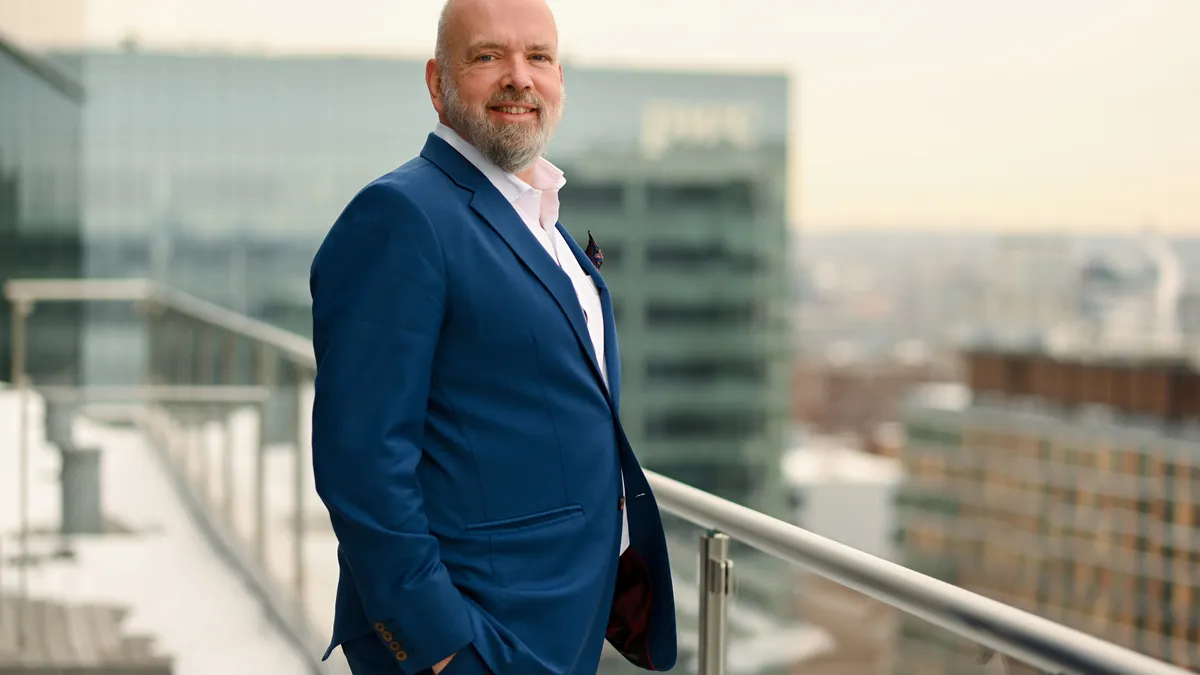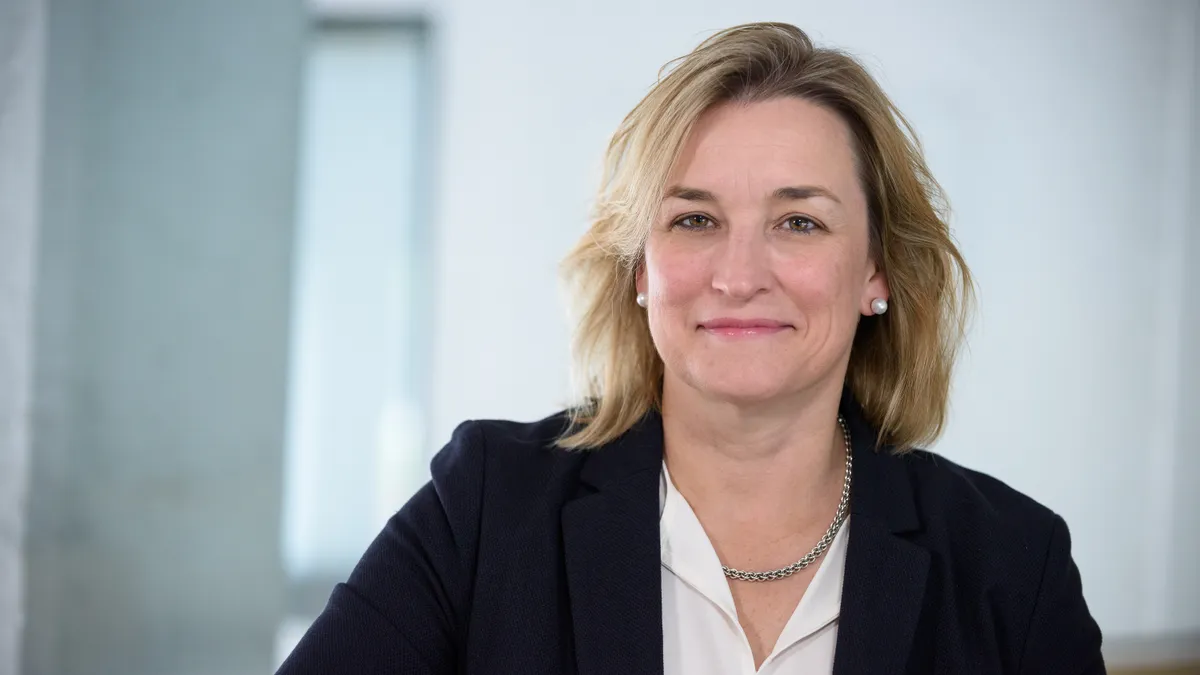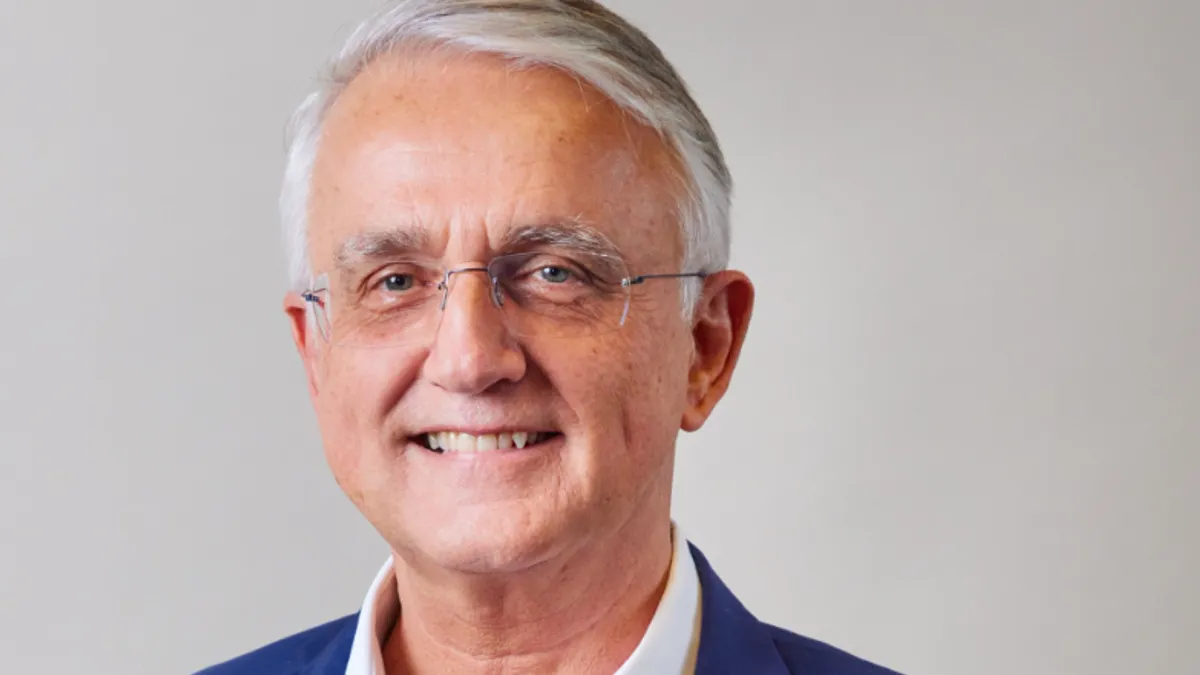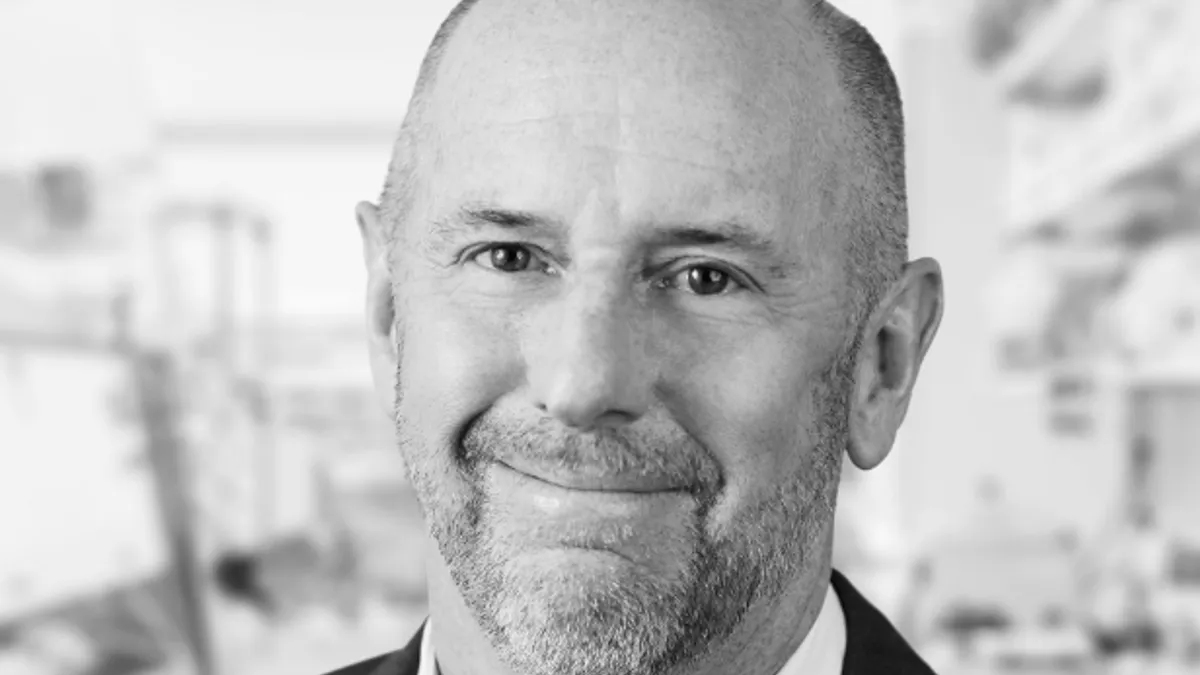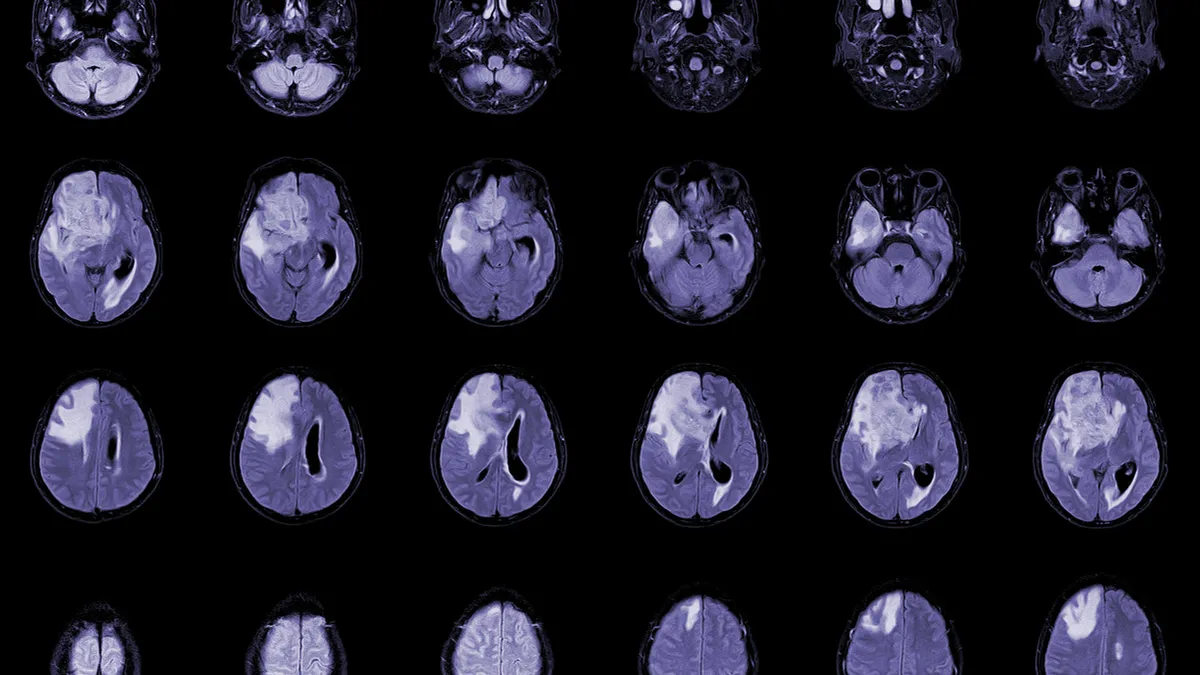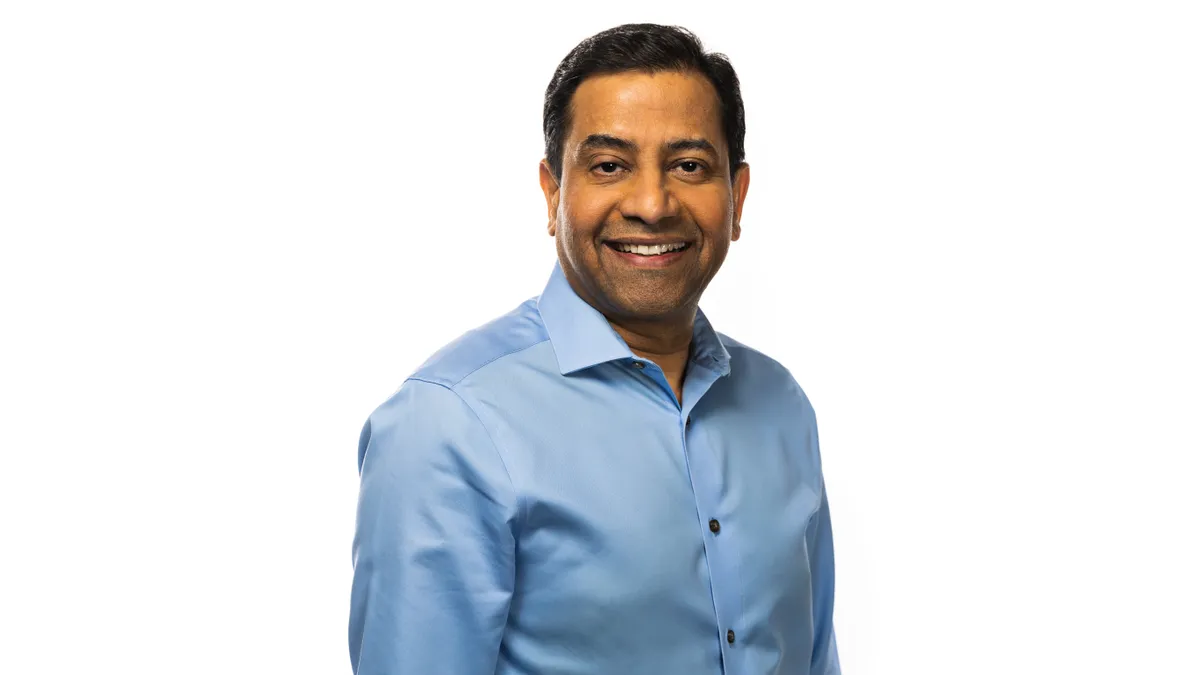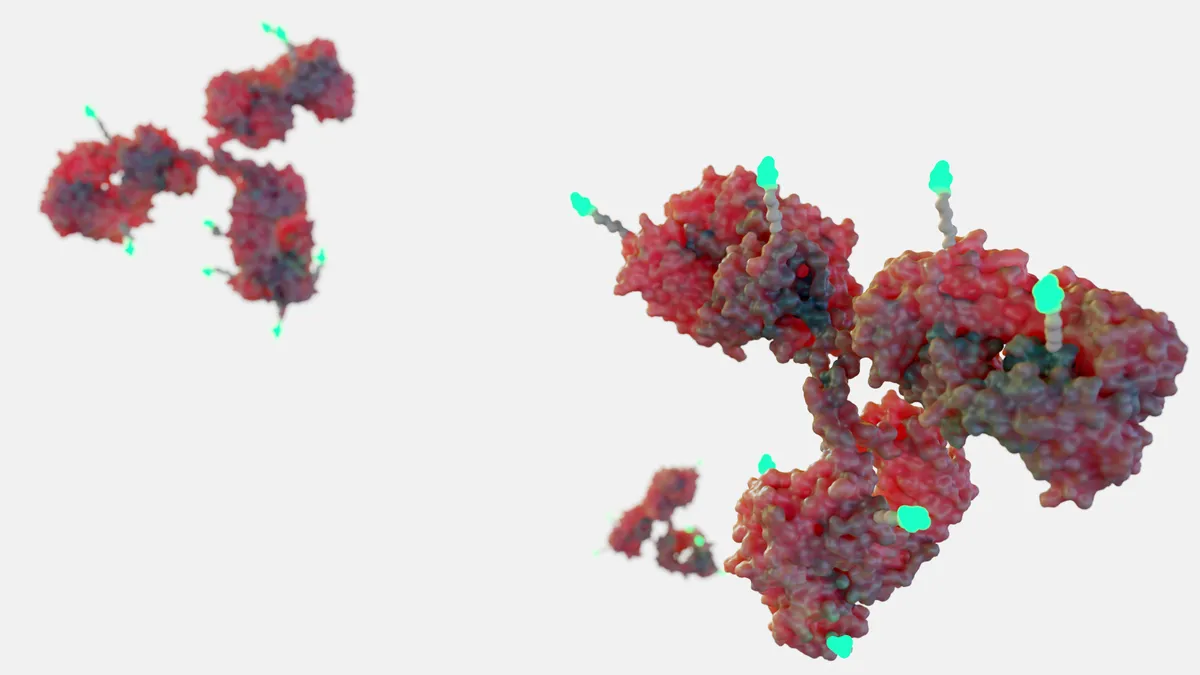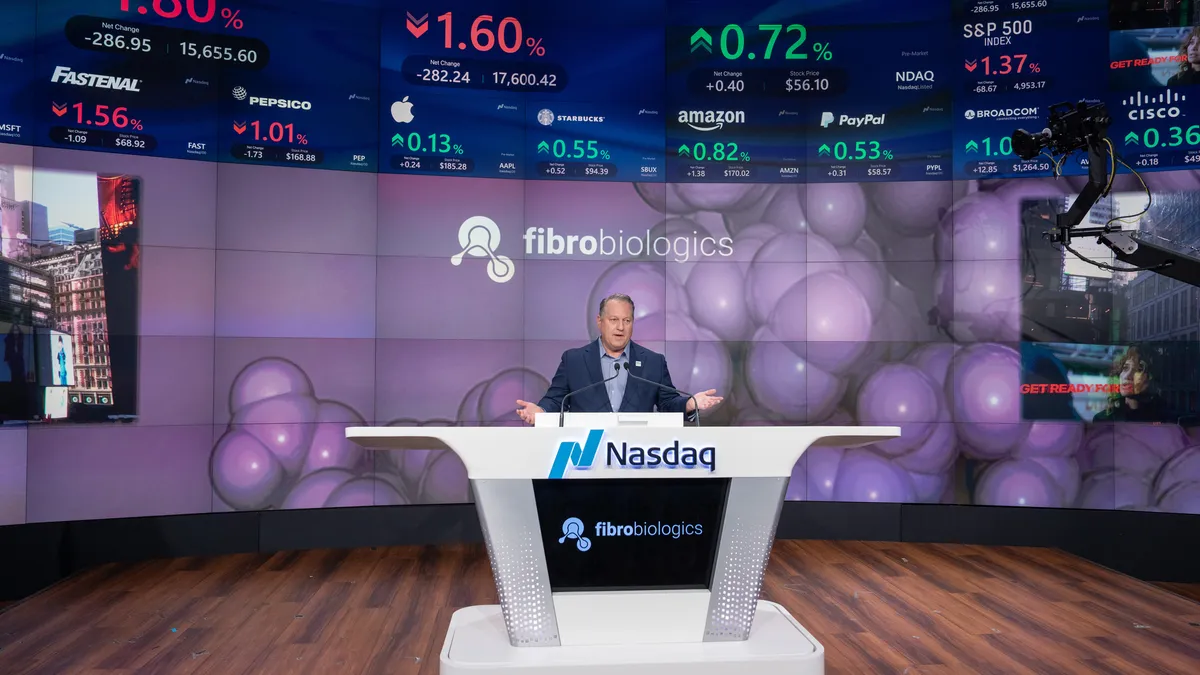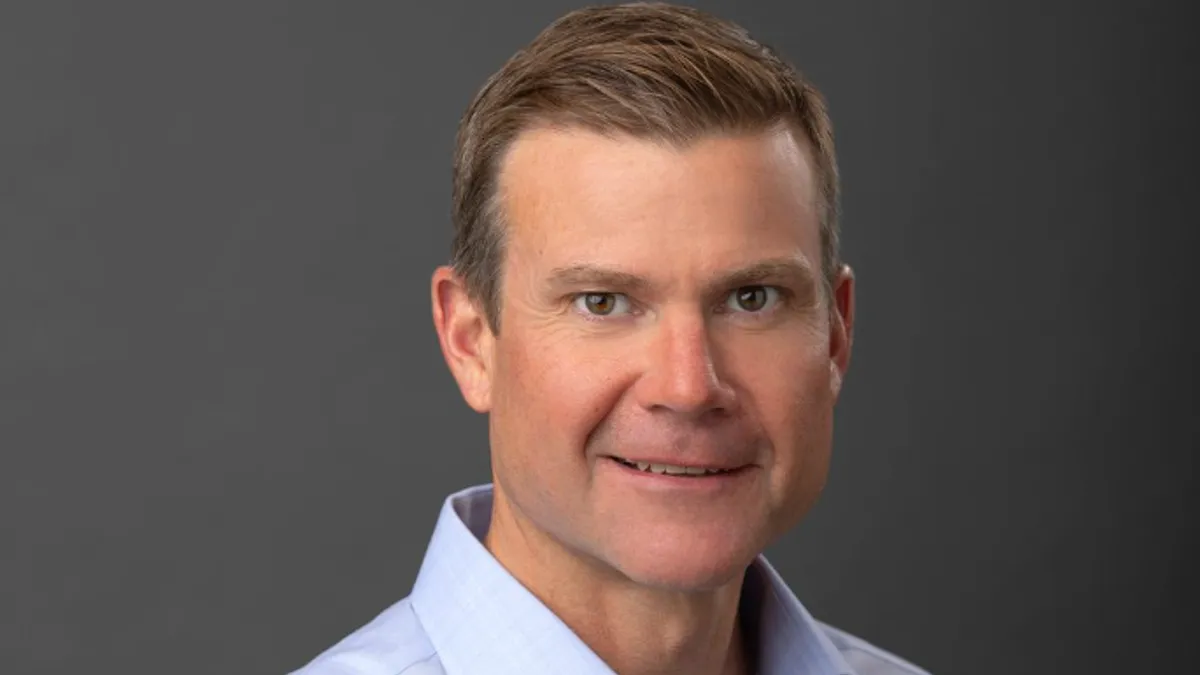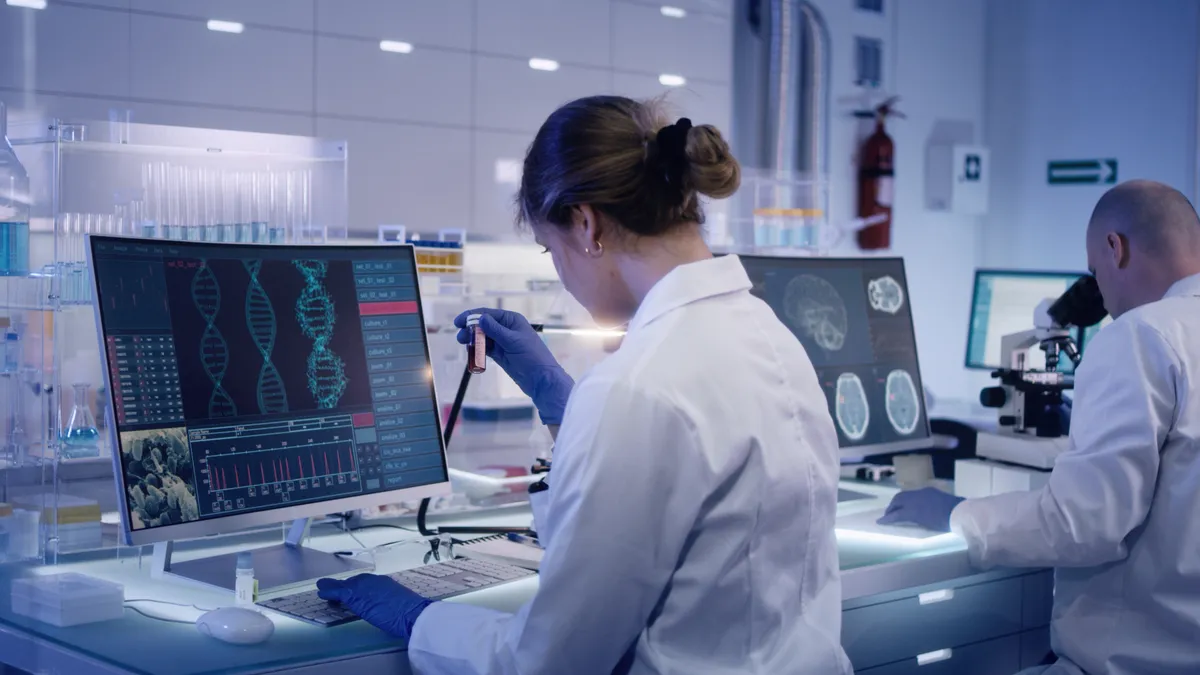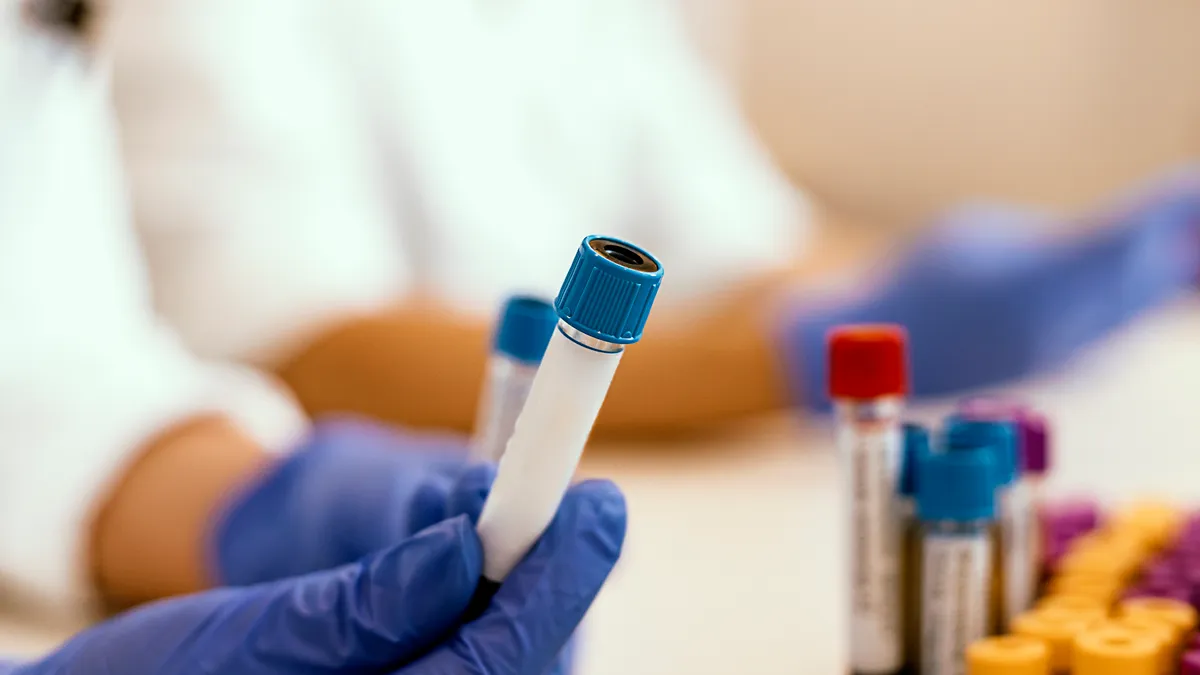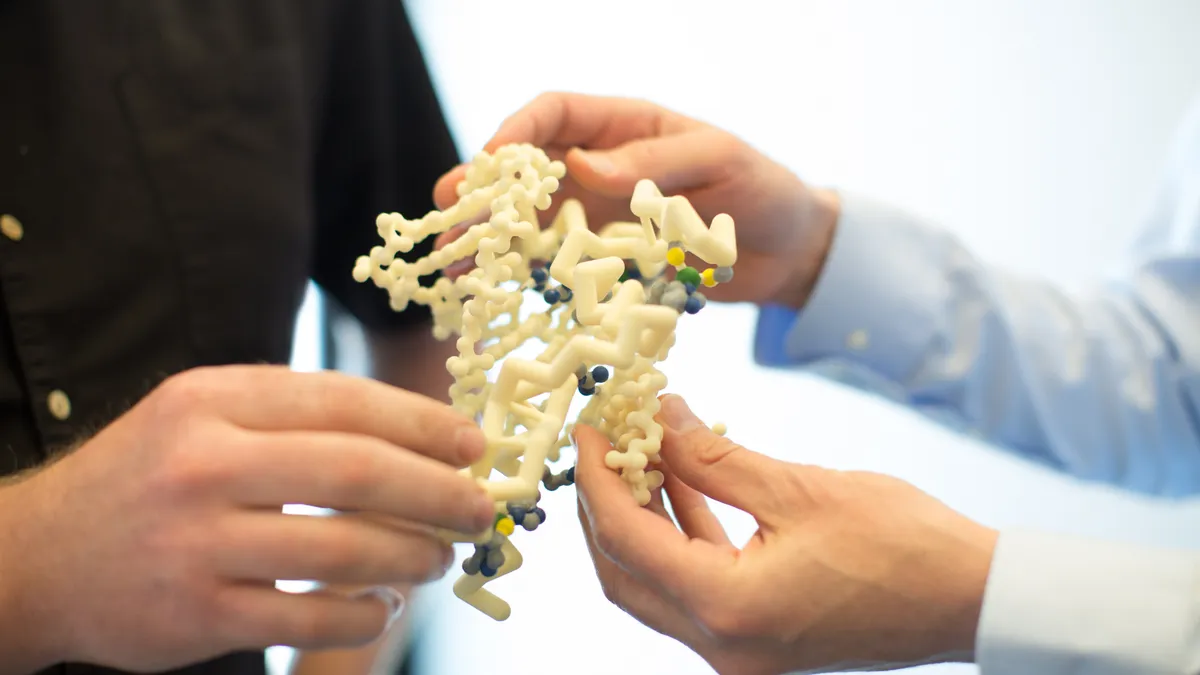The technology behind CRISPR gene editing is one of the most cutting edge areas of biopharma, and recent regulatory approvals have demonstrated how far it has come in a relatively short period of time.
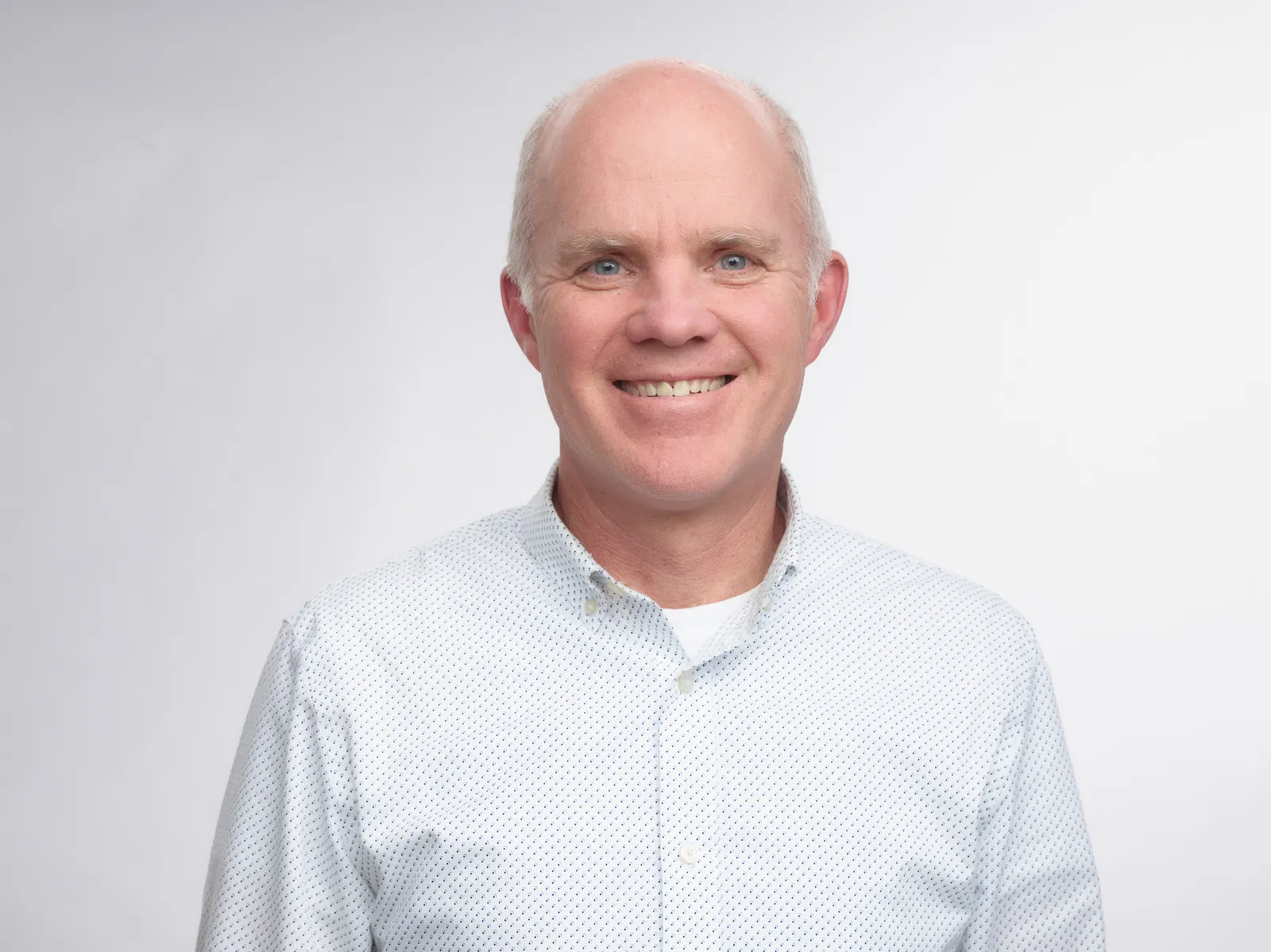
Arbor Biotechnologies is setting itself up for the next stage of the gene editing revolution by developing tools that could shape and hone current strategies to reach more disease targets. The preclinical-stage company, co-founded by CRISPR pioneer Feng Zhang and Illumina founder David Walt, is starting with diseases of the liver and central nervous system.
CRISPR is used to modify DNA, and is often paired with the protein Cas9 to locate the correct spots on a gene. Arbor is looking to expand that toolbox with additional proteins to target different genes in pursuit of treatments for more diseases. Its lead program in hyperoxaluria is close to an IND filing next year, CEO Devyn Smith said. The company is also targeting ALS in its earlier pipeline and plans three filings over the next three years.
“There is a kind of horizon coming at some point where gene editing will be able to do things that no other modality can do,” Smith said. “In simple genetics, there’s a mutation in a gene and you need to fix it — and as we understand disease biology more, it becomes a factor of becoming more sophisticated in how we think about the other elements.”
"If we think about the long term, someday I would love to see editing integrated into our worldview."

Devyn Smith
CEO, Arbor Biotechnologies
Beyond developing its own therapies, Arbor has also teamed up with Vertex Pharmaceuticals — which, along with CRISPR Therapeutics, was behind the FDA’s first approval this month — to provide more precise tools for gene editing.
Here, Smith discusses what sets Arbor apart in the CRISPR crowd and how the space is evolving.
This interview has been edited for brevity and style.
PHARMAVOICE: Tell me a little about the origins of Arbor and how it stands out in the gene editing landscape.
DEVYN SMITH: One of the key differences of Arbor versus many other companies is that Arbor was founded on an idea as opposed to intellectual property — and that ideas was that everyone was using Cas9 at the time, and it was clear that there’s probably a need to identify other approaches that allow you to do more and have more functionality to treat disease. That was the founding principle, and the company has subsequently built a deep discovery tool engine that allows us to discover novel editing approaches. We’ve taken this broad swath of nucleases we’ve discovered, and those have underpinned our technology, which allows us to cover everything you’d want to do with DNA.
For small molecules, you need six million molecules in a library to screen against antibodies. Now, we don’t need six million tools in gene editing, but you need enough tools to cover the broad target set that you have. And the other important piece is making sure we can rapidly translate these discoveries into therapeutics, so we’re very focused on what we call a gateway indication strategy — picking an indication and going deep as soon as possible. Our focus is the central nervous system (CNS) and liver diseases.
CRISPR technology has cleared regulatory hurdles in the last couple months, and it’s an exciting time for gene editing. What does this mean for you and the future of the field?
It’s amazing to me that in 10 years we’ve gone from the original publications from Feng [Zhang]’s lab to an approved product — that’s really fast. And it will make a great difference in patients’ lives. It also allows a pathway and more comfort with these novel approaches that edit DNA. From Arbor’s perspective, we celebrate this. There’s work still to be done as we move to in vivo approaches. Our view is that Cas9 does a lot and is a well-used and well-understood tool. But it has limitations, and you can only do so much. So there is an opportunity to bring to bear a range of tools that allow you to do more. We’re very encouraged by the CRISPR approval and hope it’s the vanguard of many, many more in our space.
How do you see Arbor evolving over time as you grow into the market with these new tools?
If we think about the ex vivo space, we’re not doing executable cell therapy — there, it’s about partnering with folks to give them the tools to do what they need to do. In vivo, we’re very focused on developing our own therapies in liver disease and CNS, starting with ALS. Our goal is to have three filings over the next three years, and what’s important is the breadth of our toolbox. Making sure we have the right technologies and tools that we’ve built and making sure we have the right team of dedicated, knowledgeable drug developers. And by focusing on a single gateway indication, we can be successful there and then expand into other indications. We’re very disciplined in how we think about our pipeline and don’t try to do too much, but learn to walk before we run.
Why did you choose to focus on liver disease and the central nervous system? How did you decide these initial targets?
We wanted to find disease areas where delivery is clear and also an area where we could be the first editor to go into that disease. In liver, we’re making sure we can differentiate and do something that others can’t. CNS is a different profile, and the industry has struggled with it over the last gazillion years because the biology hasn’t been well understood. Now, we’re just starting to understand the underlying genetic impacts on disease pathology and we’ve got a host of genetic targets that are open and accessible for gene editing. There’s real opportunity there and the potential can be life changing.
What are the major shifts you see coming as gene editing technology advances?
Near-term, I think we’ll begin to see more clinical data emerge from in vivo therapeutics. There are only a couple companies in the clinic today, but other companies will join. And we’re beginning to understand the breadth of capabilities for the technology today and hopefully beginning to see one-and-done solutions for patients.
In the mid-term, you’ll see a shift from knockdown approaches to more sophisticated editing, like rewriting and inserting bigger pieces of DNA to achieve more specific results.
And then if we think about the long term, someday I would love to see editing integrated into our worldview. You go to the physician, your DNA is sequenced, they identify 10 things we want to fix now to solve any potential issues. It’s a little like a vaccine. When that occurs, maybe for my great grandchildren, it’s such a different world where, rather than trying to treat ALS once you have it, we’re preventing it from happening in the first place. It’ll be a long road to get there, but that to me is exciting and revolutionary for healthcare.



















